Carrie Bradshaw, with her Manolos clicking across Manhattan asphalt, once declared that women come to New York for the two L’s: “Love and Labels.” It was a witty epigram for the turn of the millennium, when logos screamed from every handbag clasp and shoulder strap.

Carrie Bradshaw, with her Manolos clicking across Manhattan asphalt, once declared that women come to New York for the two L’s: “Love and Labels.” It was a witty epigram for the turn of the millennium, when logos screamed from every handbag clasp and shoulder strap.
October 12, 2025
Carrie Bradshaw, with her Manolos clicking across Manhattan asphalt, once declared that women come to New York for the two L’s: “Love and Labels.” It was a witty epigram for the turn of the millennium, when logos screamed from every handbag clasp and shoulder strap.
But fashion has always held a quieter undercurrent. Away from the brash branding and the catwalks lined with paparazzi flashes, there exists another kind of empire: houses built not on loud logos, but on whispering codes of identity, visible only to those who truly look. These are the silent empires - designers whose work has eschewed the obvious in favour of discipline, minimalism, and subversion. Their legacy is not the shout of fashion, but the echo.
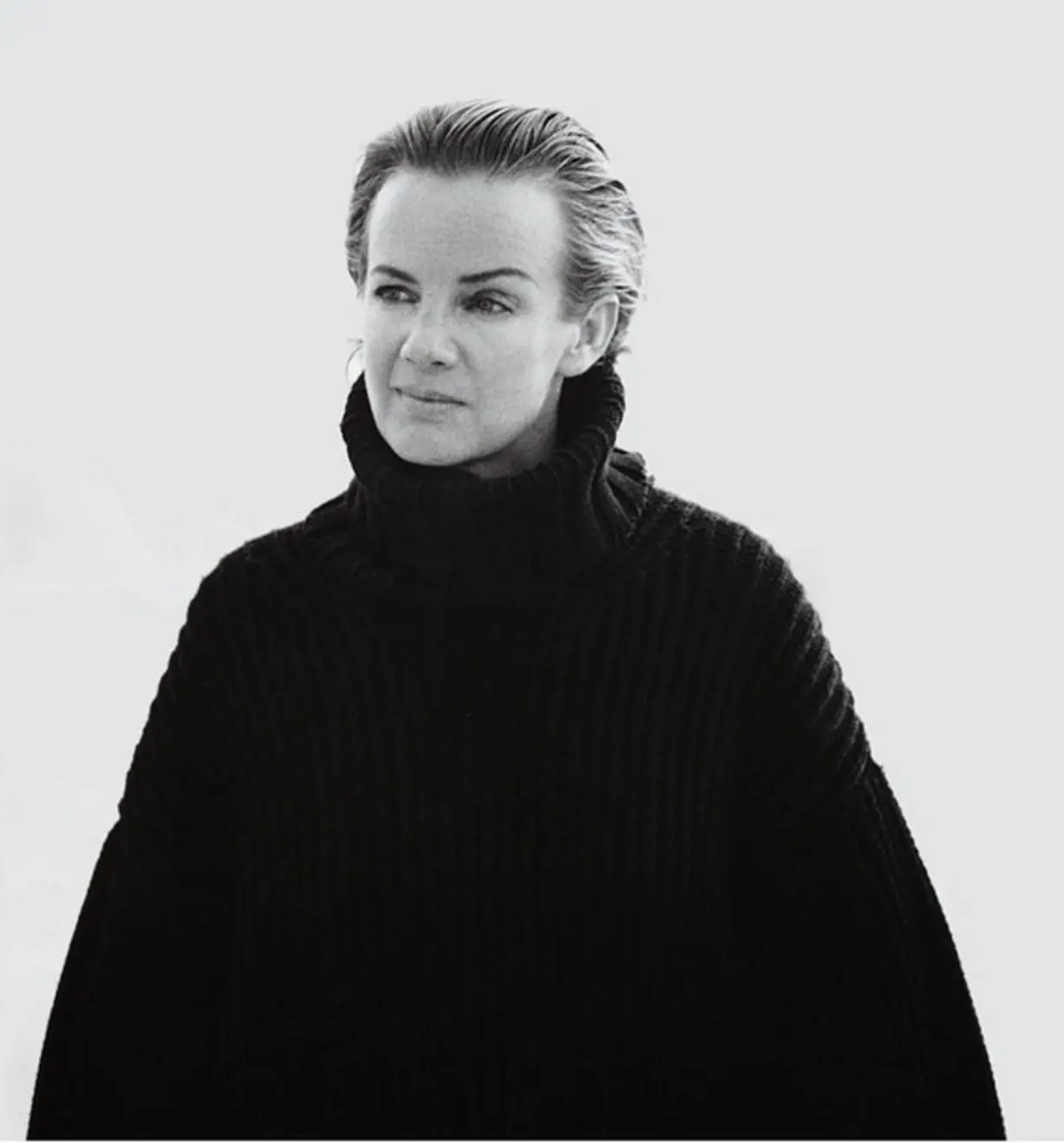
In the cacophony of the 1980s, fashion-shoulder pads broad enough to rival office partitions, neon hues brighter than nightclub strobes - Jil Sander dared to whisper. Her creed was simple: weniger, aber besser - “less, but better.”
Nicknamed “The Queen of Less,” Sander’s aesthetic was not merely a style, but a manifesto. Her suits - monochromatic, stripped of ornament - carried the authority of architecture. Her palette, restrained to navy, camel, black, and white, was the antithesis of seasonal frippery. She championed wool crepe, gabardine, and double-face cashmere as if they were sacred materials, sculpted by precise tailoring.
What set Sander apart was the way she offered women not a costume of power, but a uniform of liberation. While the decade roared with “power dressing,” she quietly redefined power itself. A Jil Sander suit was not armour to impress; it was an instrument to empower. In Bauhaus spirit, function dictated form, and the omission of embellishment became its own kind of luxury.
She was her own muse: Rolex on the wrist, flat shoes, a crisp shirt, never over-styled - the embodiment of her own DNA design. Even her storefront in Hamburg, painted entirely black, was a rebellion against retail theatre.
When she later translated her vision into the mass market with Uniqlo’s J+ line, the results were revelatory: proof that minimalism could be democratic. In every incarnation, her work remained loyal to her lifelong principle: clothes must never shout louder than the woman wearing them.
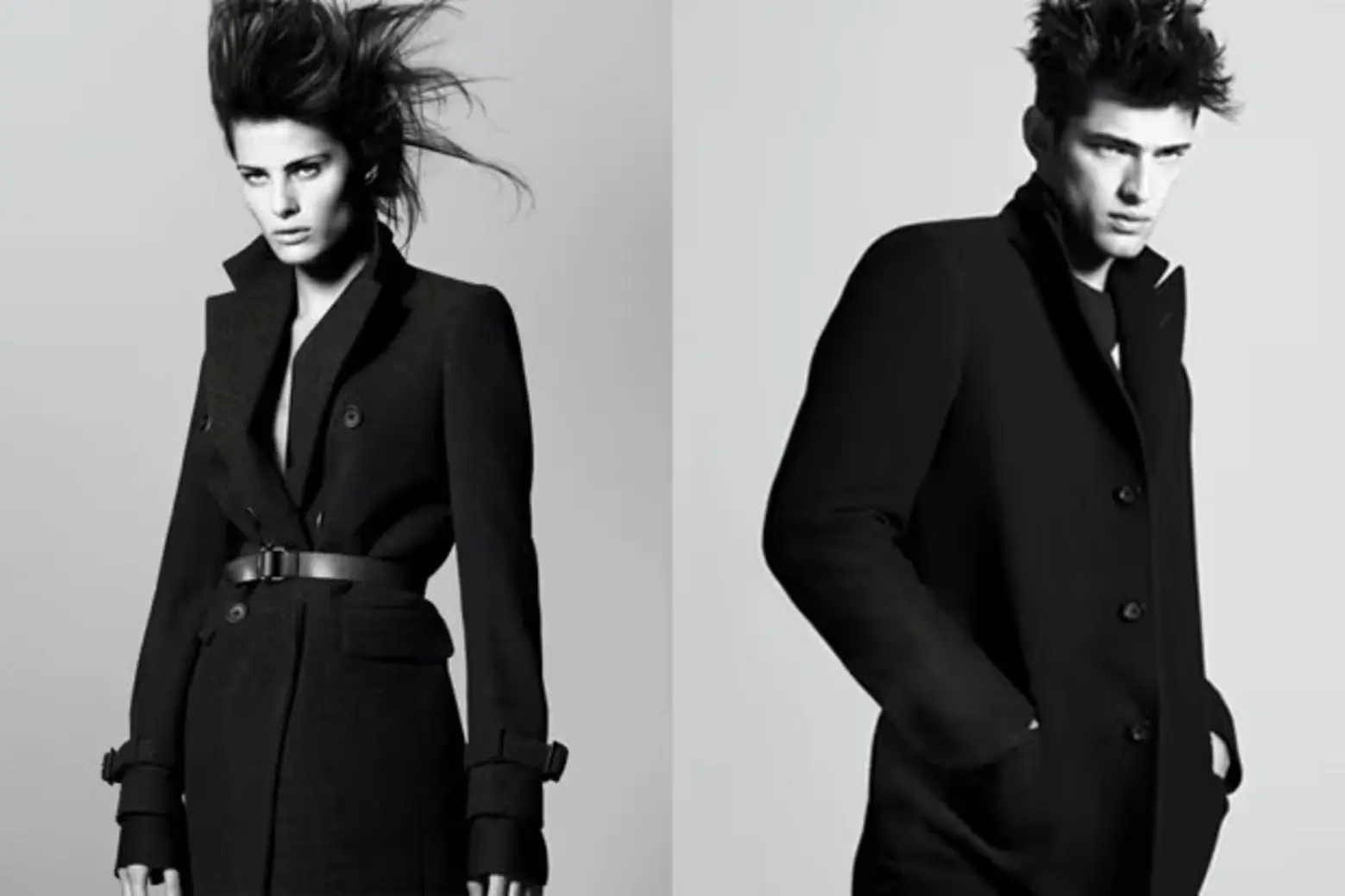
Jil Sander’s empire remains silent but indelible - a whisper that outlasts the scream.
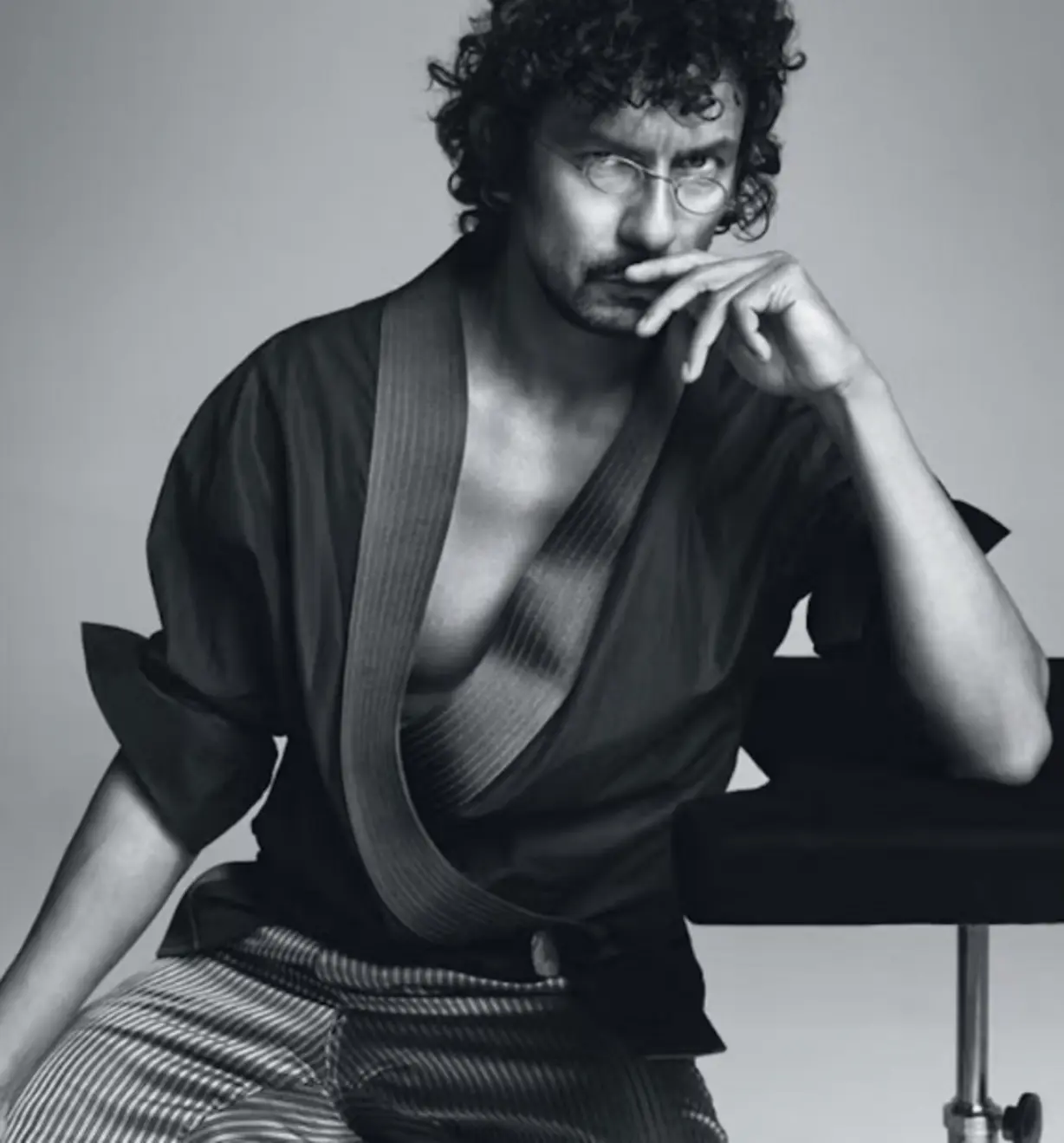
There are designers who sketch. There are those who cut. And then there are those, like Haider Ackermann, who compose. His collections arrive not as clothes, but as films without dialogue - scored by moody strings, lit by chiaroscuro.
Born in Bogotá, raised across Africa and Europe, Ackermann absorbed a global lexicon of drapes, folds, and shadows. His silhouettes curve and layer like desert dunes, yet his tailoring slices as sharp as Antwerp steel. If Jil Sander was Bauhaus, Ackermann is chiaroscuro cinema.
Critics anointed him “the new Yves Saint Laurent,” though he has always seemed more elusive than inheritor. Where Saint Laurent captured the shock of the moment, Ackermann lingers in the aftertaste of emotion. His palette - crimsons, charcoals, petrol blues - seems pulled from an oil painting left under candlelight.
It was Ackermann who placed Timothée Chalamet in a backless crimson suit at Venice: not a gimmick, but a liberation. It was he who draped Tilda Swinton in sculptural jackets that reframed red carpet spectacle as intellectual theatre.
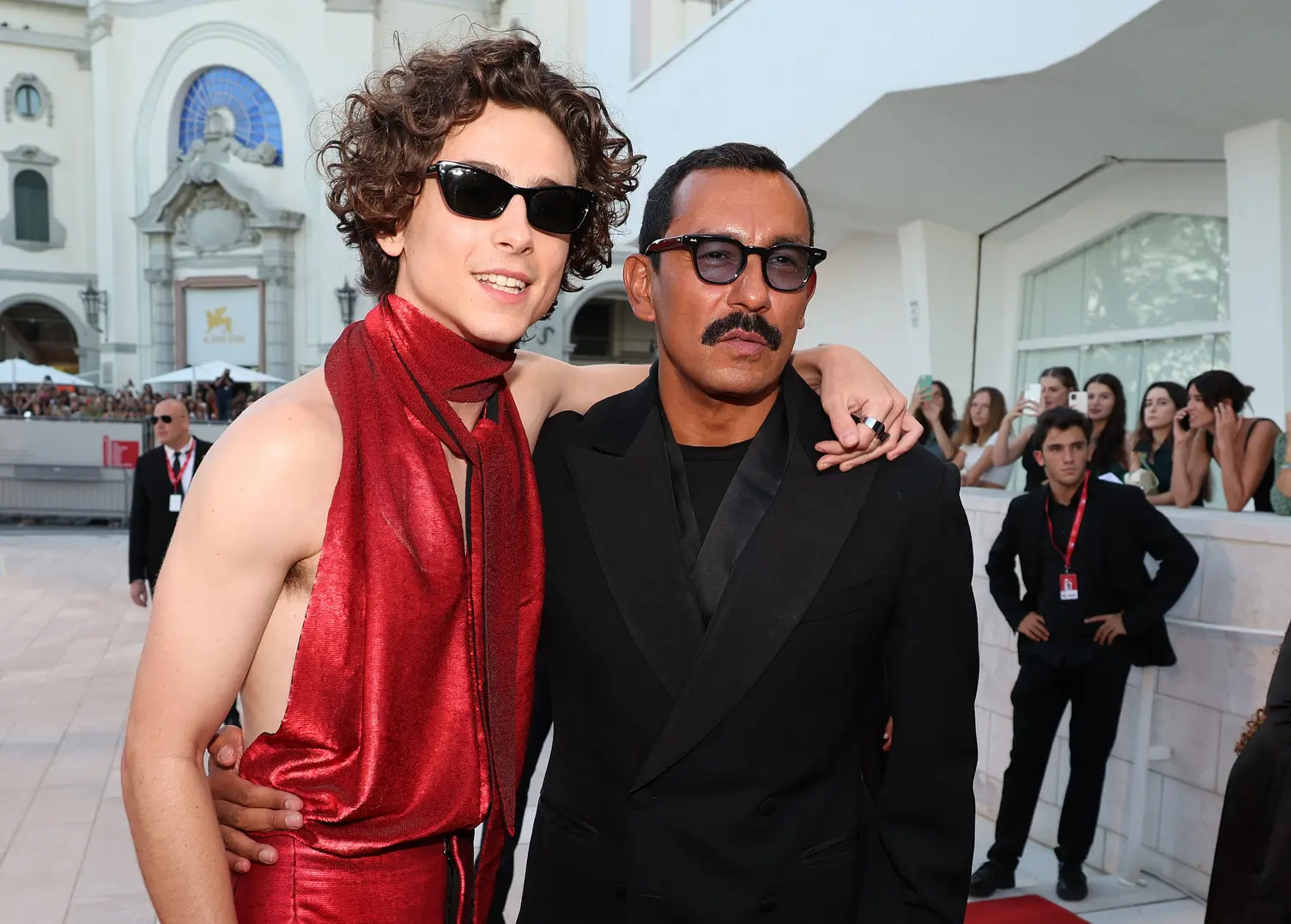
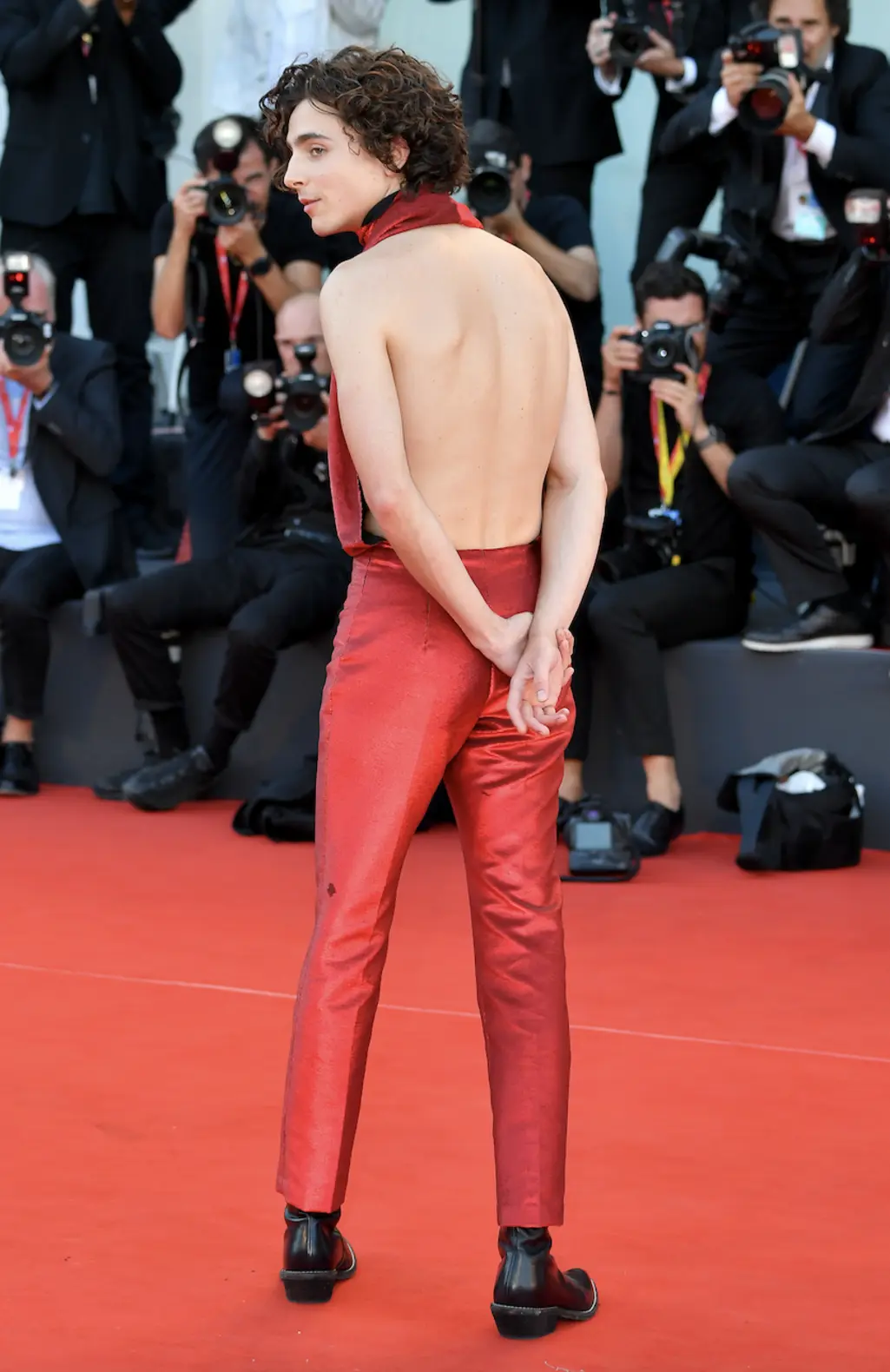

Ackermann does not shout; he resonates. In a world chasing clicks and virality, his shows remain intimate, reverberating with cinematic quiet. His empire is silent, yes - but like the hush that falls in a cinema before the film begins, it is full of expectation.
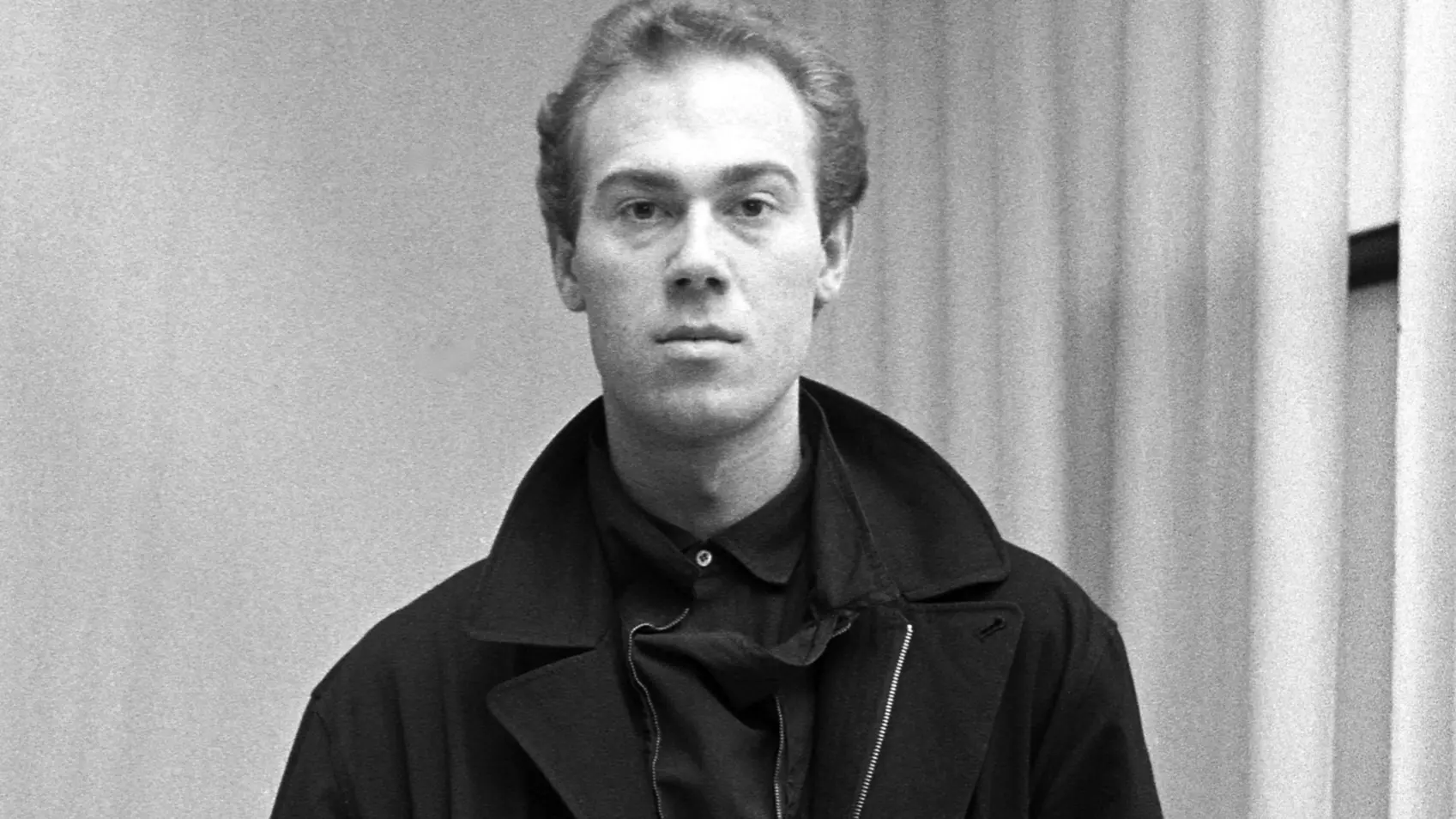
If Sander whispered and Ackermann lingered, Martin Margiela refused to speak at all. The Belgian designer dismantled not only garments, but the very mythology of fashion celebrity. He never gave interviews. He never posed for photographs. Even in documentaries, his face remained unseen.
And yet his voice - through seams, raw hems, and repurposed scraps - became thunderous.
Margiela’s 1988 debut shattered fashion’s glossy veneer. He stitched coats from old gloves, recut shopping bags into couture, and sent models stomping down streets in cloven-toed Tabi boots that would become cult emblems. He inverted garments inside-out, laid bare their skeletons, and declared imperfection a form of truth.
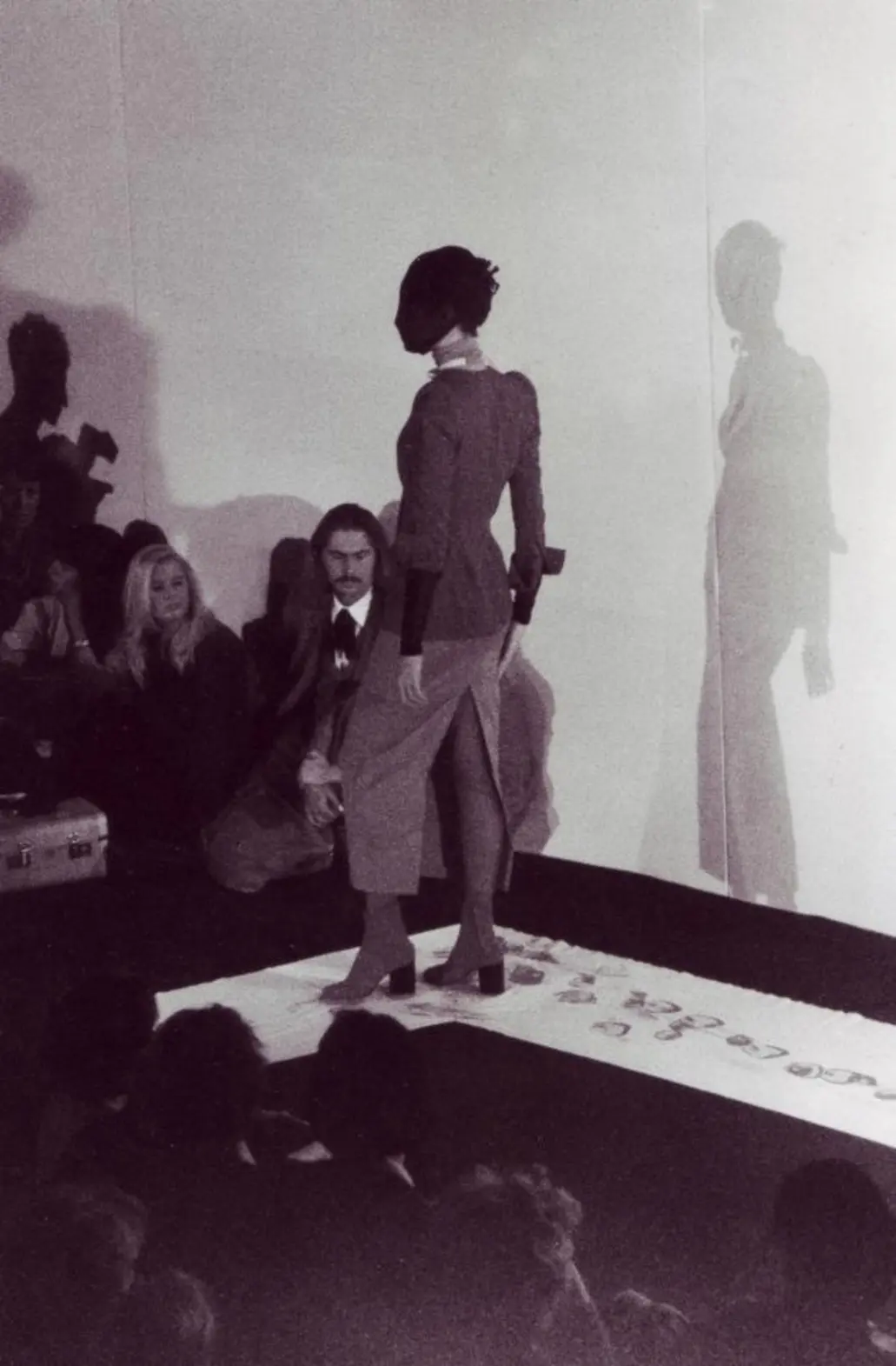
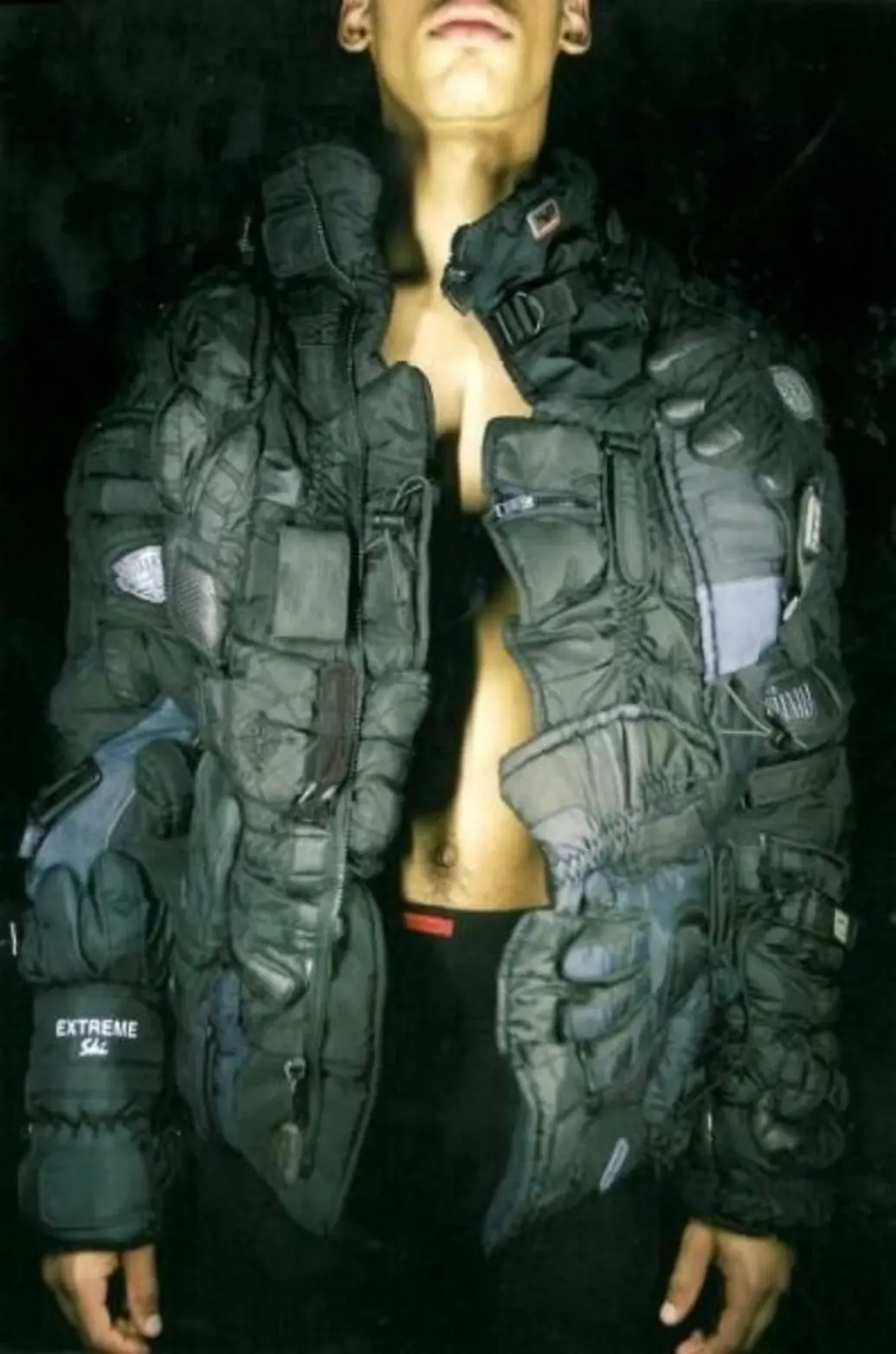
Long before sustainability was fashionable, Margiela practised it as rebellion. Upcycling was not a marketing strategy but a philosophy: champagne corks as jewellery, plastic as outerwear, thrift as theatre.
And then came his Hermès years - a paradox that revealed his genius. From 1997 to 2003, he reimagined Hermès not as flamboyance, but as a temple of timelessness. No theatrics, only soft leather, serene palettes, and coats so perfect they needed no adjective. For many critics, it remains the house’s most elegant chapter.
Margiela vanished in 2009, leaving no farewell. But his ghost haunts every raw hem that walks the runway, every conceptual gesture by designers like Demna Gvasalia or John Galliano. His empire thrives not in visibility, but in absence.
Fashion today is loud - social media clamours with drops, influencers, and logo-mania reawakened. Yet amid the din, the quiet empires endure. They remind us that clothes are not merely to be seen, but to be felt.
Jil Sander taught us that subtraction can be more powerful than addition. Haider Ackermann proves that clothing can carry cinematic poetry without uttering a word. Martin Margiela showed us that anonymity can be the loudest rebellion of all.
The silent empires are not silent at all. They are symphonies played in pianissimo - requiring attention, patience, and reverence. And in that quiet, they continue to shape the true future of fashion.